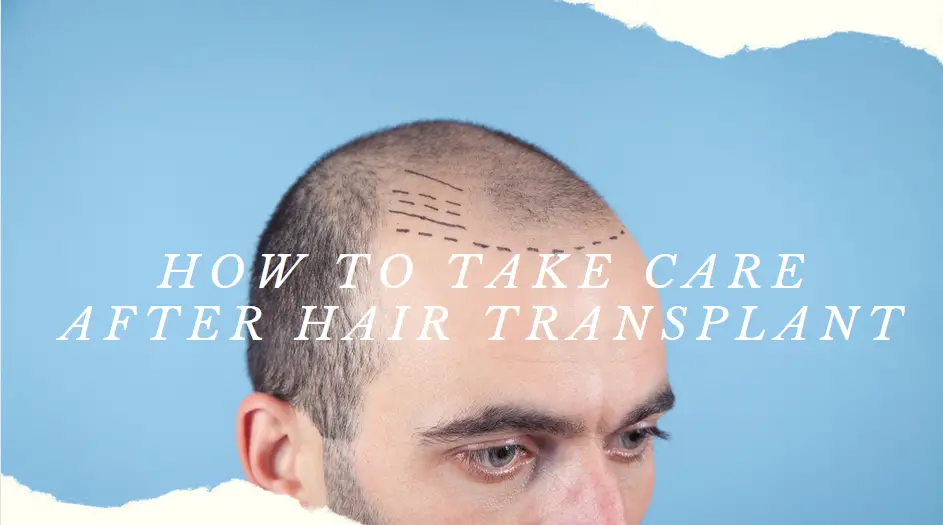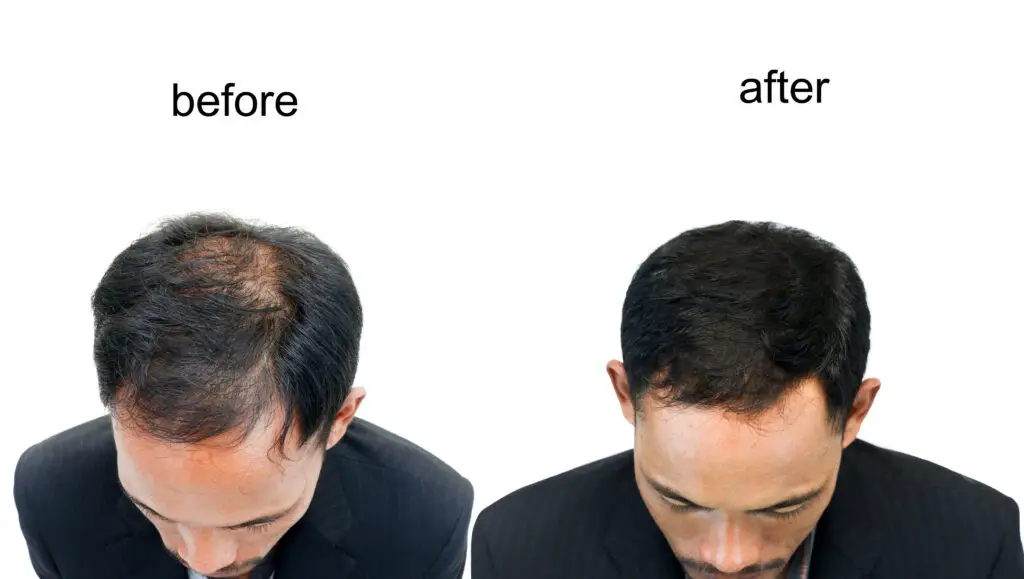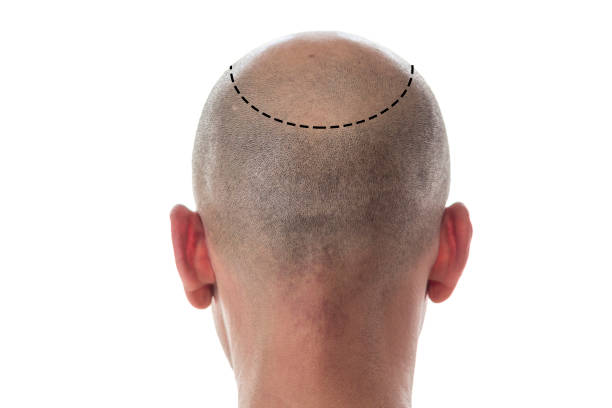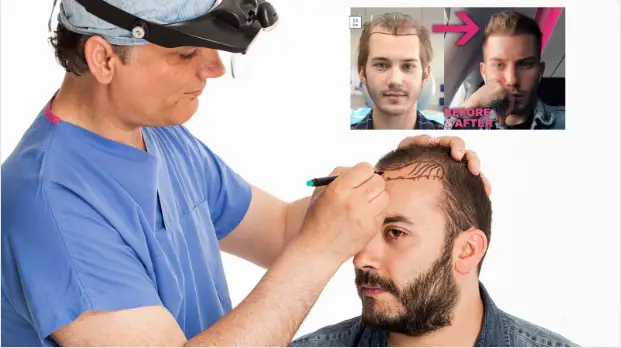If you have undergone a FUT or FUE hair transplant, congratulations! You have taken a big step towards restoring your confidence and self-esteem. However, the journey is not over yet. Proper aftercare is crucial to ensure that your transplanted hair stays healthy and looks its best. In this article, we will discuss everything you need to know about taking care of your hair after a hair transplant.
Overall after a hair transplant, your new hair is finally here! While it’s exciting to see the results of your post-hair transplant procedure, it’s important to remember that taking care of your new hair is just as crucial as the surgery itself.
The recovery time after a hair transplant procedure will vary from person to person, but generally, it can take 2-3 months for the newly transplanted follicles to take and begin to naturally grow new hair. During this time, patients may notice that their new hair growth is rough or uneven. Generally, full natural hair growth can be achieved in around 10 months after the procedure.
It is important to note that everyone’s results and recovery times are different, and your surgeon should provide post-hair transplant aftercare and expert guidance as part of the aftercare promise. If you have any concerns, you can book a free consultation or request a complimentary checkup at any stage, including 10 days after the hair transplant, hair transplant day 3, how to heal faster after the hair transplant, 1 month after the hair transplant care, or anytime during the post-op hair transplant stages.
Additionally, regular hair transplant maintenance, such as washing, brushing, and applying products to your hair, will help ensure the best results. It is also important to protect your hair from the sun and avoid swimming for at least a week following your procedure.
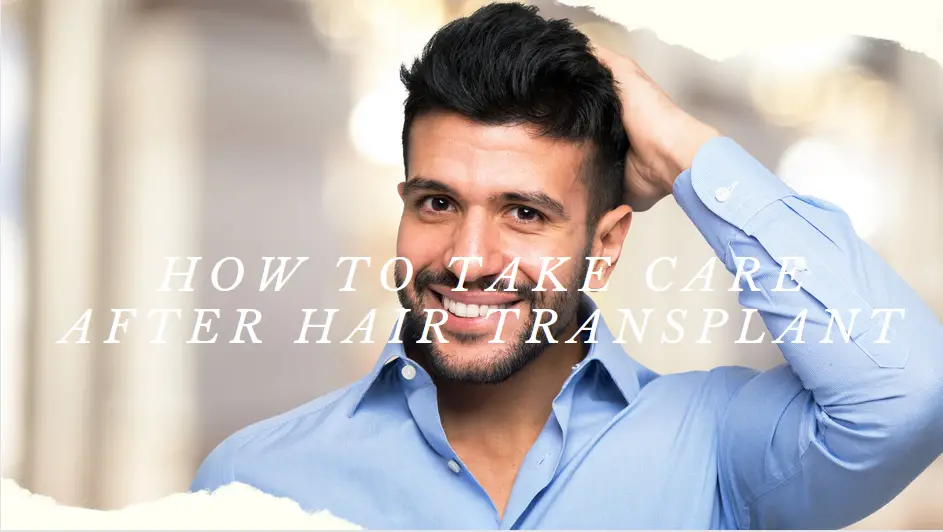
How long does a hair transplant last
Taking care of transplanted hair is crucial to achieving the best possible results from an FUE hair transplant surgery. The success of the procedure depends on the quality and health of the transplanted hair follicles, as well as proper aftercare. Hair transplantation surgery is a permanent solution if your experience hair loss and hair shedding, as transplanted hairs are taken from the donor area, which is genetically programmed to grow hair for a lifetime.
What’s Happening To The Hair After Two Weeks?
After the hair transplant procedure, clients need to follow the post-op instructions provided by their doctor. It takes around two weeks for the newly transplanted grafts to fully healed, and during this time, clients need to avoid any activities that can cause trauma to the transplanted area. After the first week, most clients can resume normal activities.
The transplanted hair follicles will shed within the first two weeks after the surgery, but the roots of the follicles will remain intact. All the hair will start to grow back in the resting phase, and new hair growth will be visible within a few months. It’s important to note that the transplanted hair density will be less in the beginning, but it will increase over time.
So, You should continue to follow your FUE hair transplant specialists’ instructions on how to care for your hair and scalp after the transplant to ensure the best possible results.
Am I a good candidate for hair transplantation surgery?
Good candidates for hair restoration surgery should have enough healthy hair in the donor area, which can be transplanted to the balding areas. The doctor will examine the donor site and determine if the patient has enough donor hair to achieve the desired hair density.
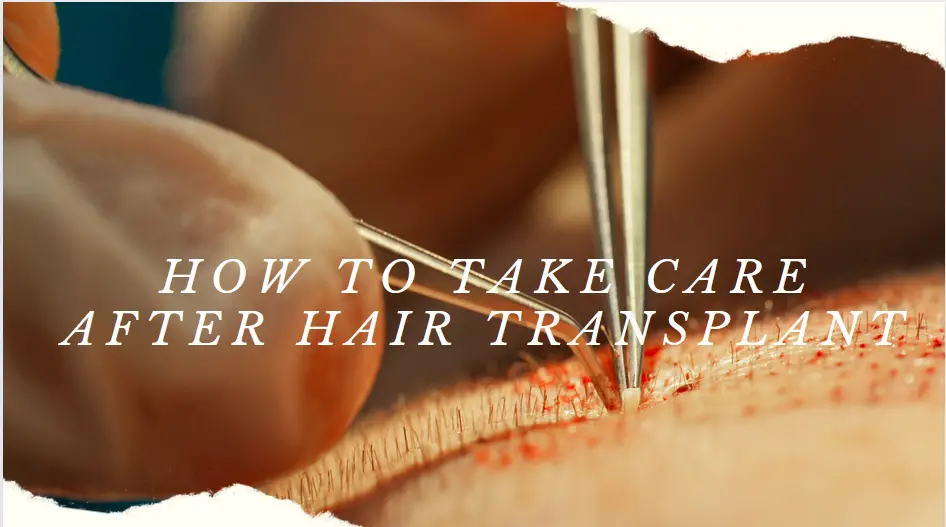
Healing after hair transplants procedure
During the healing process, it’s crucial to take proper aftercare of the transplanted area. Patients should avoid smoking, alcohol, and any hair styling products and treatments for at least a few weeks after the surgery. The scalp should be kept clean and dry, and the client should avoid exposing the transplanted area to direct sunlight.
The transplanted hairs are virtually undetectable, and the results are natural-looking. The hairline should be designed to match the patient’s age and facial features, and younger patients should avoid a hairline that is too low or straight. It’s recommended to keep the hair short for the first few months after the surgery to allow the transplanted follicles to settle properly.
Hair transplant results
Hair transplant surgery is a safe and effective procedure for individuals who experience thinning hair and hair loss due to androgenetic alopecia or other medical conditions. The procedure can restore a fuller head of hair and boost the patient’s confidence. The Hair-Pros Clinic provides high-quality hair transplantation procedures, and its experienced team of doctors ensures that clients achieve the best hair transplant results possible.
The success of the hair transplant procedure depends on several factors, including the patient’s age, hair loss pattern, and the quality of the donor’s hair. The doctor will examine the scalp and determine the number of individual hair follicles required to achieve the desired hair density.
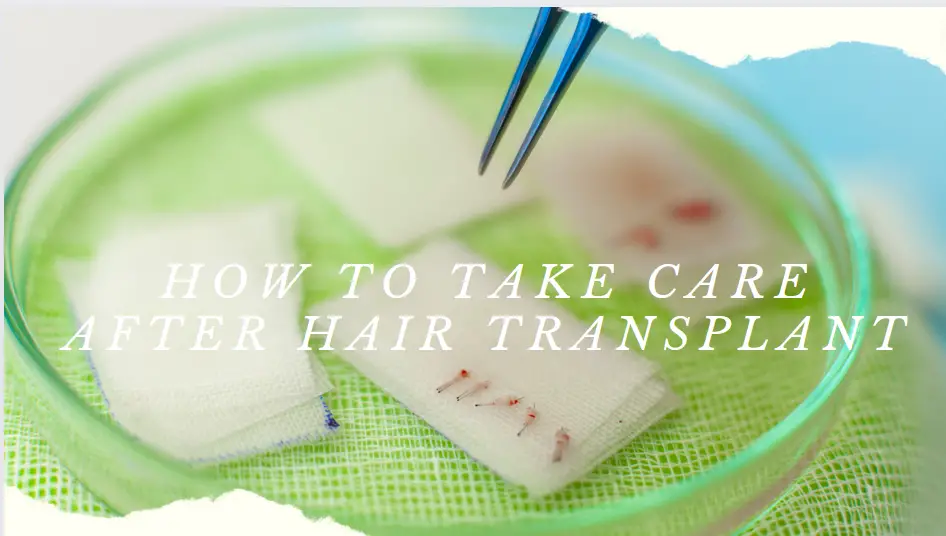
Is hair transplant permanent?
It’s important to note that the transplanted hair is permanent, but future hair loss may occur in other areas of the scalp that are not treated. The doctor will provide a comprehensive hair restoration plan to ensure that the patient achieves the best possible results.
How is the procedure performed?
During the surgery, the doctor will extract individual hair follicles from the donor area and transplant them to the balding areas of the scalp. The procedure is performed under local anesthesia, and most clients can go home on the same day.
How to take care after hair transplant
After hair transplants, the patient should keep their head elevated while sleeping to avoid swelling. the client should also avoid touching the transplanted area and refrain from scratching or rubbing the scalp. The doctor may prescribe pain medication and antibiotics to prevent infections and promote healing.
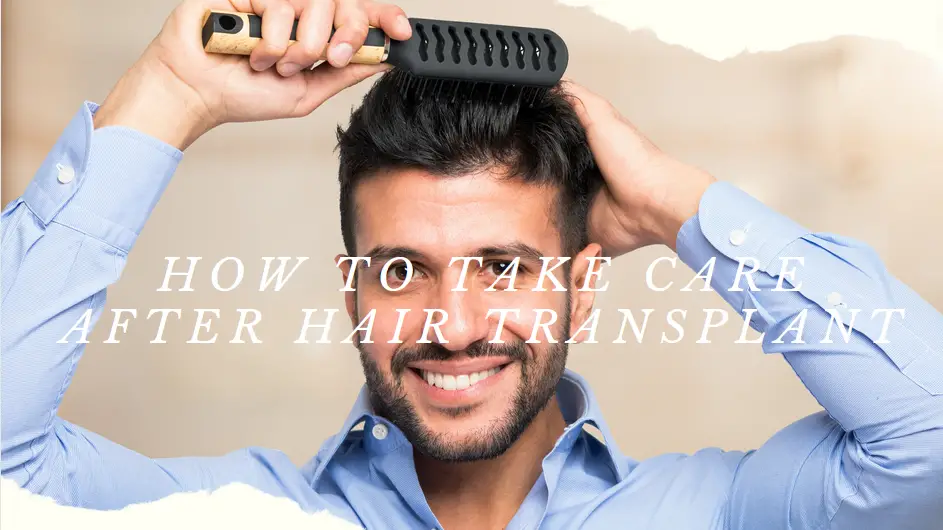
1. Hair Wash: The Importance of Correct Hair Washing after a Hair Transplant
A hair transplant procedure is an effective solution to hair loss and baldness, but it also requires proper care and attention to ensure that the hair grows healthily and with optimal results. One of the most critical steps in hair transplant aftercare is the hair wash procedure, which involves several steps and should be done correctly to prevent any damage to the newly transplanted grafts. We will discuss the importance of hair washing after a hair transplant, as well as the step-by-step process of how to wash your hair correctly after the procedure.
The Hair Wash Procedure: Step-by-Step Guide
The hair wash procedure after a hair transplant involves three main steps.
They are:
- The first step: is to cover the transplanted area with a moisturizer or lotion, which softens the scabs around the transplanted grafts and the donor area. This softening phase helps to remove traces of dried blood and heal faster. It is recommended to leave the lotion or oil on for 15-30 minutes before washing it off with warm water.
- The second step: is to wash the donor and transplanted area with a special medical shampoo. To do this, lather a small amount of shampoo between your hands and very carefully apply it to the entire scalp. Do not rub; instead, use your palms to softly wash the scalp with no pressure. Repeat this process for a few minutes before rinsing the shampoo off with lukewarm water.
- The third step: is to dry your hair with a paper towel. Do not rub; instead, pat it very gently. The moisturizer or lotion should be used until the scabs fall off or until the scalp feels dry. It is also possible to use moisturizer in between hair washes if the sensation of dryness is persistent.
Shampooing should be done daily to remove the scabs. After about 7-10 days, there should be no more traces of dried blood or scabs on your scalp. You may start washing your hair the normal way no sooner than 14 days after the transplant. If needed, one can also wash the hair more than once a day after the operation. Continue using the special shampoo until the bottle is empty.
Why is Correct Hair Washing Important after a Hair Transplant?
Proper hair washing after a hair transplant is essential for the success of the procedure. The newly transplanted hair grafts are delicate and susceptible to damage, especially during the first few days after the surgery. Therefore, it is important to take extra care when washing the scalp to prevent any harm to the newly transplanted grafts.
Moreover, the hair wash procedure helps to remove scabs and dried blood from the scalp, which can prevent hair growth if not removed. The special medical shampoo that is recommended after a hair transplant is designed to clean the scalp thoroughly without harming the newly transplanted grafts.
2. Pain after a Hair Transplant
Mild pain can be present for a couple of days after the hair transplant procedure. Some people report difficulty sleeping the first days post-op. It is common to have more pain in the donor area than the recipient area after the operation. Post-op hair transplant pain can be relieved with over-the-counter painkillers. You will get a pack of those at the clinic.
3. Swelling after a Hair Transplant
Swelling after a hair transplant is quite rare, especially when the Choi Implanter Pen technique is used. However, in some cases, swelling can occur, especially for larger hair transplants operation and transplants where a lot of work was done to the hairline. Swelling can affect the forehead and the area around the eyes and may last two to five days, being maximal on the fourth day. A drug called Dexamethasone is usually given to reduce these symptoms. It is essential to follow the aftercare instructions given by the surgeon to minimize the chances of swelling and other complications.
4. Itching Following Hair Restoration
Itching is a very common feeling after a hair transplant, and it may occur all over the scalp seven to fourteen days after the operation. The itchiness, in most cases, indicates that the tissue is recovering. In cases when it becomes very strong, an antihistamine pill can be used to alleviate the discomfort.
5. Correct Sleeping Position
It is important to avoid touching the recipient areas as much as possible during the first weeks after the operation and advised patients to sleep on their back, with the head elevated on a few pillows. By raising your head during the night, the pillows decrease any swelling that can occur after the hair transplant. Patients are also advised to use the special pillow that they receive at the clinic for the first 7-10 days.
6. Healing and Recovery Times
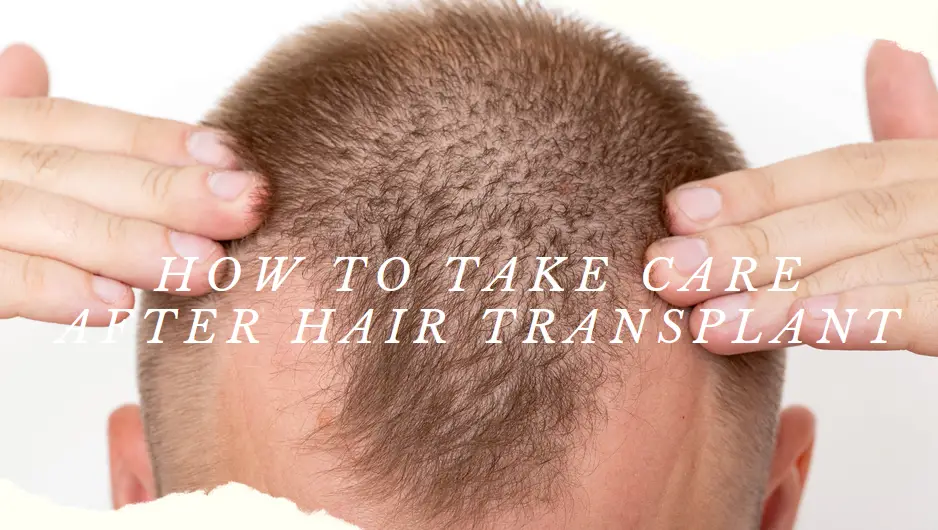
After a hair transplant that is performed using the Choi Implanter Pens technique, healing is rapid. Most clients feel fine within a day or two following surgery, although some numbness and mild soreness in the scalp can be expected for several days following surgery.
There will be punctate red scabs at the bottom of the transplanted hair shafts on the recipient site and donor sites, which will be visible for about 7-10 days. Usually, the patient gains his/her normal appearance within 10-15 days post-op.
Only slight redness might be visible after this period. clients who have a very light complexion might experience redness for prolonged periods after the treatment, whereas those who have darker hair and skin tend to recover faster. Overall, recovery after a hair transplant is a very individual process that also depends on the patient’s age, lifestyle, diet, and even climate.
6. If Beard was Used as Donor Area
A beard (throat area) is a donor site quite often. In such cases, the beard donor site can be shaven a week after the operation as long as there are no more scabs.
5. Shaving After Hair Transplantation procedure
The recipient area can be shaved one month after the transplant. Donor areas can be shaven already one-week post-op as long as the scabs in the donor site have cleared out.
7. Shock Loss and Regrowth of Transplanted Hair
Usually, shock loss starts within the first 3-4 weeks after the transplant. After the third to the fifth month, the lost grafts slowly start to regrow. At the end of the fifth month, the regrowth rate should be around 30%, and within the seventh month, the regrowth rate should be around 60%. The end results of the operation should be evaluated 12 months post-op.
8. Wearing a Hat after a Hair Transplant
Most patients will receive a Panama-type hat at the clinic, which they should use whenever they are outside or during their trip home. The hat will protect the scalp from dust, sun, and other environmental factors.
Clients are advised to wear this hat for five days post-op, after which they can wear any other hat of their choice. When choosing headgear for the post-operational period, it is important to pick a hat that will not sit too tight on the recipient areas or pull on the newly transplanted grafts. Patients should wear headwear for up to two weeks when outside or as long as the scabs are not present anymore.
9. Physical Activity
Immediately after hair transplantation, clients can start to go for a short walk or do physical exercises that do not make them sweat too much. They can already start actively exercising ten days post-op. It is recommended to take a shower shortly after the workouts in order to minimize any risk of infections.
10. Scalp Micropigmentation (SMP) and Hair Restoration
It is advisable to wait for 3 months after surgery for any kind of manipulation of the scalp. If SMP treatment has been performed before the hair transplant, it is not an obstacle to the operation.
11. Alcohol Consumption
Consuming alcohol will increase the healing time of wounds after the hair transplant. It is better to wait for 2 weeks post-op before consuming any alcohol.
12. Sun Exposure
It is important to stay away from direct sunlight for the first 2 weeks after the operation. For the first 6 months after the transplant, we recommend wearing headwear when in the sun to prevent any damage to the scalp.
Can hair follicles come out after a hair restoration surgery?
Yes, hair follicles can fall out after a hair transplant, especially during the initial weeks postoperative. This is known as “shock loss” or “shedding.” When performed, donor-area hair follicles are removed and implanted into the recipient area via the transplantation process; however, this may cause trauma to these follicles leading them into the resting (telogen) phase.
After surgery, it’s common for transplanted hairs to shed along with some of their surrounding native counterparts. While this can be distressing for many patients, it is an entirely normal part of healing. Hair follicles typically remain in the telogen phase for one or two months before entering growth (anagen) mode and producing new growth of hair.
Following your surgeon’s postoperative care instructions is critical to reduce the risk of complications and to ensure the best possible outcome. This may include refraining from vigorous activities, following a specific hair-washing routine, and taking prescribed medications to prevent infection or inflammation.
Be aware that it may take several months before you see the full effects of your efforts.
Treatment After Hair Transplant: Medication Recommendations
Shampoo and Lotion for Hair Wash
All client are given a special lotion and shampoo after the operation. The lotion should be applied to the recipient and donor areas by gently tapping. Patients should wait for around 15-30 minutes before washing it off with lukewarm water and shampoo. Scratching the recipient area should be avoided, and patients should be very careful with the towel. Hair wash should be performed every day until all scabs fall off. If the donor area feels dry in between washes, a thin layer of lotion can be applied to calm it down. No washing is needed in this case.
Scarex or Contractubex Creams
These creams are used to diminish the scarring in the donor area. They can only be applied to the donor area(s) which the grafts were extracted from. They should be used 2 times a day and can be used 14 days post-op.
Antibiotics Use After Hair Transplantation
Antibiotics are usually prescribed right after the surgery for 3-5 days. They are used for preventing possible infections and ensuring a smooth healing process. Our client get antibiotics at the clinic. Antibiotic cream (Fusidin or Bacitracin) might be needed sometime during the recovery process. When pimples or bumps are noticed in the recipient or donor areas, this cream should be applied directly to the inflamed areas.
Finasteride (Propecia 1 mg or Proscar 5mg)
This medication is prescribed if necessary. It is used to make weak hairs stronger and to minimize future hair loss. It is also used for minimizing shock loss after the operation. client might notice a decrease in libido. This rare side effect is temporary and goes away after quitting the pill. Proscar 5 mg is consumed ¼ pill daily, and Propecia 1 mg is consumed 1 pill daily, preferably at the same time each day.
Minoxidil (5% or 2%) – Spray or Foam
Minoxidil is prescribed if necessary. Male client should use 5%, whereas female clients should choose the 2% version. It is used for minimizing hair loss of native hairs and speeding up the regrowth of transplanted grafts. Minoxidil can be used one month after the transplant operation when the recipient sites and donor areas are completely healed.
Biotin (Food Supplement)
Biotin is often recommended as a dietary supplement for strengthening hair and nails. It should be used for at least 6 months after the transplant. No prescription is needed for Biotin, and it can be freely purchased at any pharmacy.
Dermaroller
This device is prescribed if necessary. It is used for massaging the scalp and improving blood circulation. It can be used 45 days post-op, 2 to 3 times a week.
Conclusion
Proper aftercare is critical to the success of a hair transplant. Following the instructions given by the surgeon is essential for minimizing complications and ensuring an effective and permanent solution to hair loss.
Proper aftercare and regular follow-up appointments with the doctor are crucial to ensure optimal hair will grow and maintain the health of the transplanted hair follicles and skin. The Hair-Pros or Glasgow Clinic offers high-quality hair transplantation procedures and personalized aftercare plans to help clients achieve natural-looking results and a fuller head of hair.
Sources
References that can provide information on how to take care of after a hair transplant:
- International Society of Hair Restoration Surgery: https://www.ishrs.org/hair-transplantation/post-operative-care-instructions
- Bernstein Medical – Center for Hair Restoration: https://www.bernsteinmedical.com/after-hair-transplant-care/
- Bosley – Hair Transplant and Restoration: https://www.bosley.com/blog/hair-transplantation-aftercare-tips/
- WebMD: https://www.webmd.com/skin-problems-and-treatments/hair-loss/men-hair-loss-17/hair-transplants
- The American Society for Aesthetic Plastic Surgery: https://www.smartbeautyguide.com/procedures/hair/hair-transplantation-aftercare/
- MedlinePlus (from the National Institutes of Health): https://medlineplus.gov/ency/article/002024.htm
- The Harley Street Hair Clinic: https://www.hshairclinic.co.uk/hair-transplant-aftercare/
These websites can provide you with tips and guidelines on how to care for your scalp and newly transplanted hair to ensure proper healing and optimal results.
- AI Powered Bald Filter Online 2024: See Yourself with No Hair! - January 19, 2024
- Harklinikken Bad Reviews 2024: Analyzing Negative Feedbacks - January 18, 2024
- How to Get the Alex Eubank Hair | Step-By-Step Tutorial 2024 - January 18, 2024

